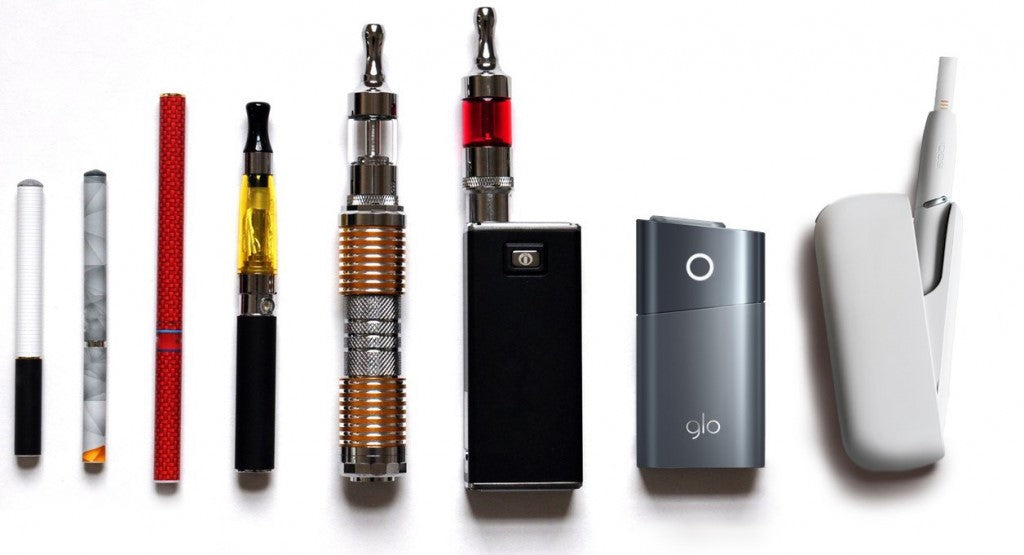After the approval of smoking-cessation methods, a lot of people have been subscribing to different options. But vaping devices and the modern tobacco heating systems (IQOS) have been the most patronized smoking-cessation methods. So it is common for a lot of people to get confused about the best option to choose from. You may also be asking, “Which is better between vape juice and IQOS? Well, this article will show you the facts and differences between these two methods.
What is the IQOS system?
The IQOS system is a portable battery-powered heater that contains a heatstick- the cigarette-like sticks that you insert into the heater. Heatsticks are more like a short cigarette with a filter, and it is filled with some amount of tobacco that contains propylene glycol.
This product was first developed by two tobacco companies Philip Morris and Altria when they were still merged as one. After approval by the food and Drug Administration in 2019, these companies have been distributing the product internationally and locally. And the major claim is that the device heats tobacco at a lower temperature, releasing fewer toxins to the body than traditional cigarettes.
However, medical experts have been warning that it is too soon to declare IQOS as a safer choice to vaping- that since it’s a tobacco-based product, it can still pose serious health risks.
Usually, when you turn the IQOS holder on, the heater simply warms up and toasts the tobacco (but not high enough to burn tobacco), causing the propylene glycol to vaporize and deliver nicotine and the flavor of the tobacco to your mouth and lungs.
Vaping involves heating e-liquids or vape juices that typically contain nicotine, THC (the compound responsible for the “high” feeling in cannabis), different additives, and other substances. The vape juice contains no tobacco, and they are available in different nicotine strengths, ranging from nicotine-free to high-strength nicotine. However, many physicians have studied vaping devices to be more than 95% safer to use than heating tobacco.
When you vape, a heating wire in your vaping device’s pod heats the vape juice or e-liquid until it vaporizes. As you inhale this vapor, the nicotine gets absorbed into your bloodstream through your lungs.
Now that we understand how these two smoking-cessation methods work, let’s compare some characteristics to look at the advantages and disadvantages so you can confidently answer the main question -“which one is better for me?”
Comparing IQOS vs. Vape Juices: which is better for me?
Amount of efforts Required
IQOS requires you to insert a heat stick into your holder and then turn it on before you can smoke. After each smoking session, you also need to return the holder to its case to charge, and you’ll need to charge it every day
But vaping doesn’t put you through much stress. You only need to replace your nicotine pod, charge your device, or fill your tank periodically. More so, you may only need to charge your device just once a day, depending on how you vape.
So it is safe to say vaping requires a bit less effort than using IQOS.
Harm Reduction
Although vaping and IQOS are both great smoking-cessation tools, IQOS still involves the use of tobacco (even if it doesn’t burn) and may expose you to some levels of harmful chemicals. But this may be significantly lower compared to the risk of smoking traditional cigarettes.
However, when you vape, you aren’t using tobacco at all. Rather you are using e-juices containing nicotine combined with propylene glycol, vegetable glycerine, and food-grade flavors. This makes it far safer than using IQOS. In fact, studies have shown that vaping is 95% less harmful compared to smoking.
Tobacco harm reduction
The medical journal Addiction published the result of a study conducted in 2018 on the emissions of vaping products and IQOS compared to traditional tobacco cigarettes. The research examined the emissions for the presence of known carcinogens called carbonyls- including acetaldehyde, formaldehyde, and acrolein.
Findings revealed that:
- IQOS emits 85-95 percent less concentration of carbonyls compared to traditional cigarettes.
- Vaping products/e-cigarettes emit 97-99+ less concentration of carbonyls compared to traditional cigarettes.
This shows that while IQOS may be less harmful than smoking, vaping is far less harmful than IQOS.
Both Vaping products and IQOS do not have the same flavor as a cigarette. However, IQOS comes closer to the flavor of cigarettes because it contains tobacco. But since the tobacco doesn’t burn, you may not get the exact flavor of smoke that combustible cigarette gives.
Vaping products on the other hand contain no tobacco and will never taste like cigarettes. Instead, they contain food-grade flavors that taste like fruits, soft drinks, baked goods, and more.
Hence, you can easily make your choice from the thousands of e-juice flavors in the world to quit tobacco use.
Nicotine delivery and satisfaction
With IQOS, you can get a nicotine hit that is quite similar to what you get from smoking cigarettes. But vaping products offer less amount of nicotine. Besides, in just a few days, you can adjust to the lower blood-nicotine levels.
More so, you can decide on the nicotine strength you want when you buy e-liquids or vape juice. This gives you the chance to reduce your nicotine intake slowly. But IQOS doesn’t come with different nicotine levels to choose from.
Which is better for me?
Looking at the different features and benefits of vape products and the IQOS system, it is not far-fetched that when it comes to smoking cessation, vaping products work better and they help get rid of nicotine addiction. But IQOS or tobacco-heating systems are aimed at replacing ordinary cigarettes and because they are new, data about their use and effect is still scarce.
So make your choice wisely if you intend to quit tobacco-use completely.

